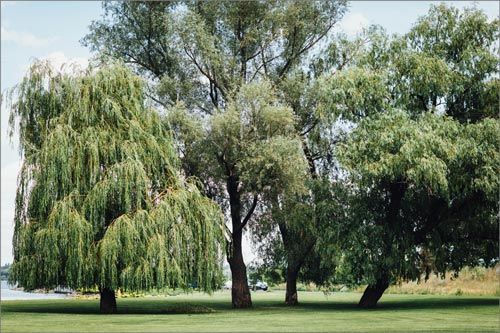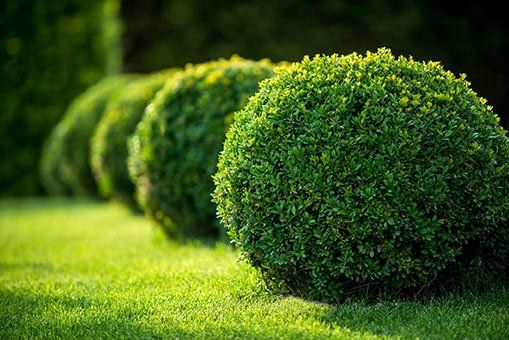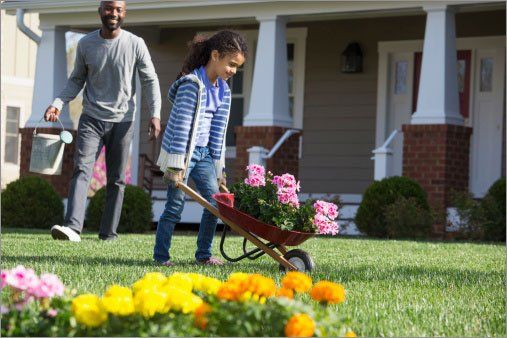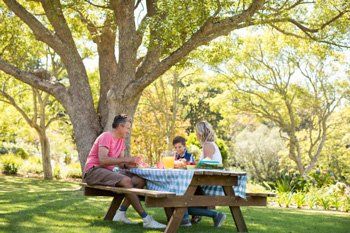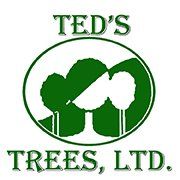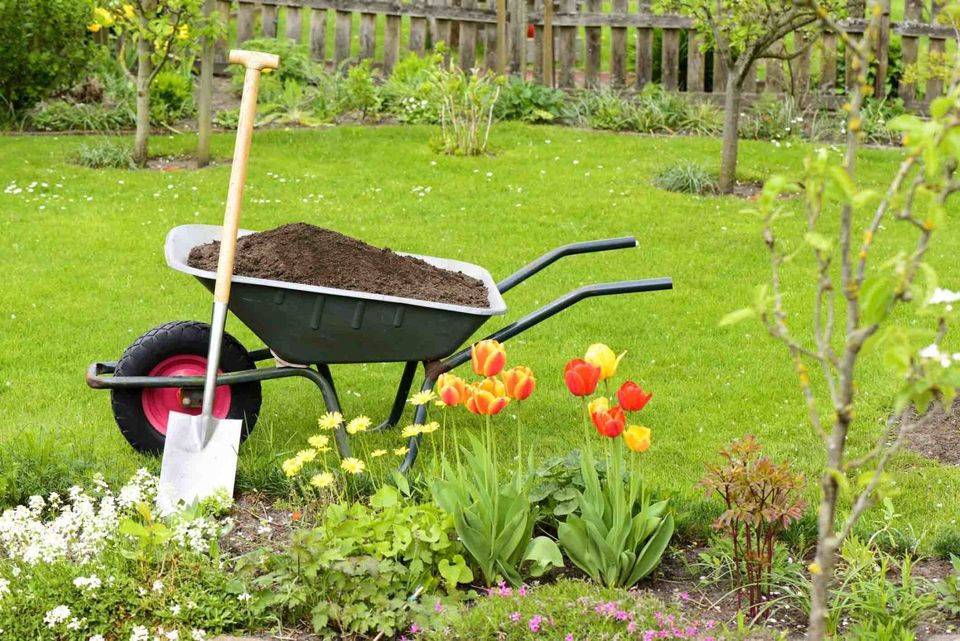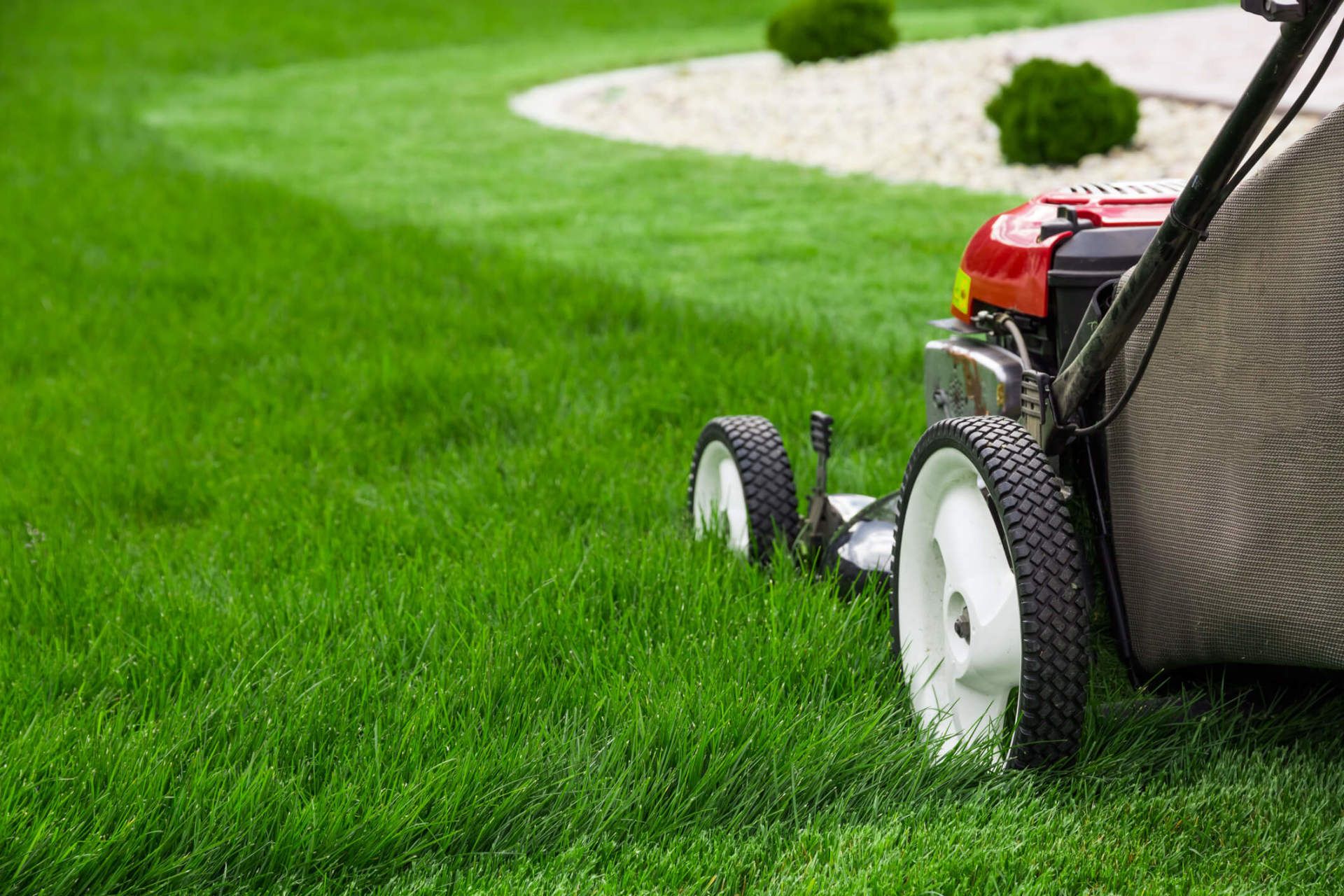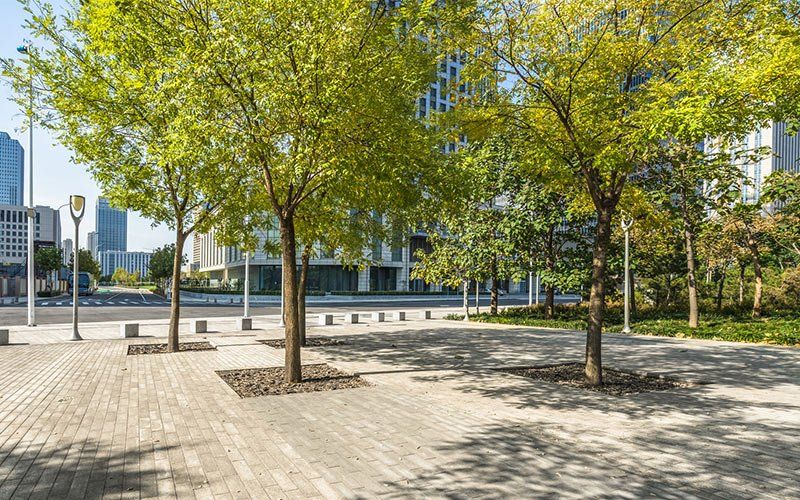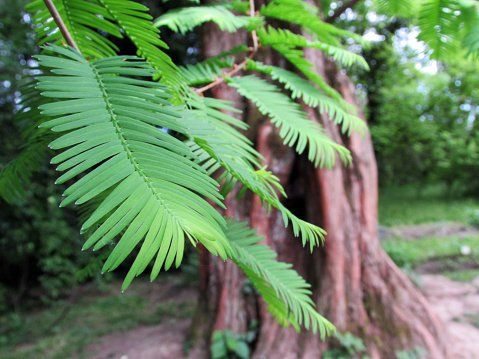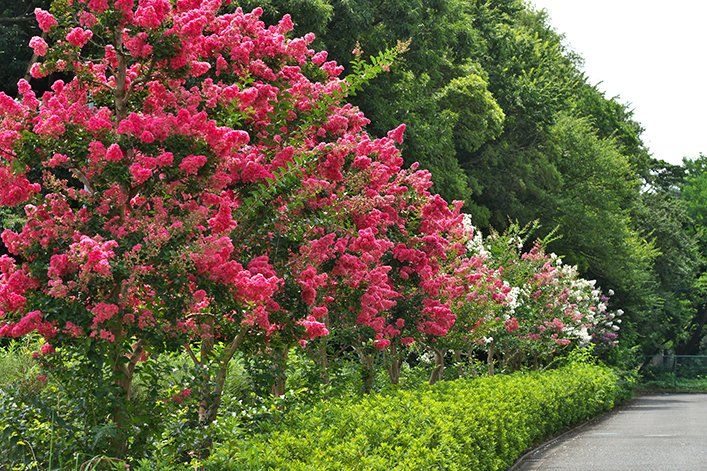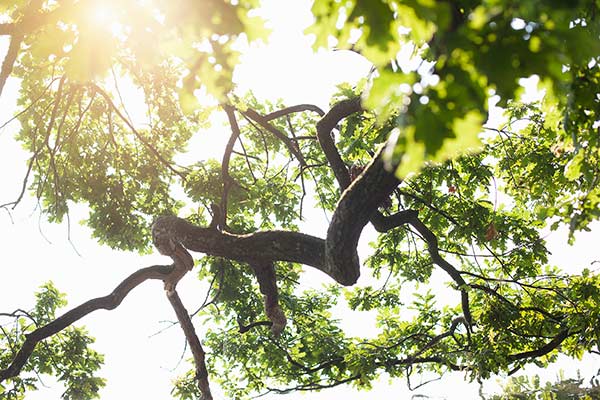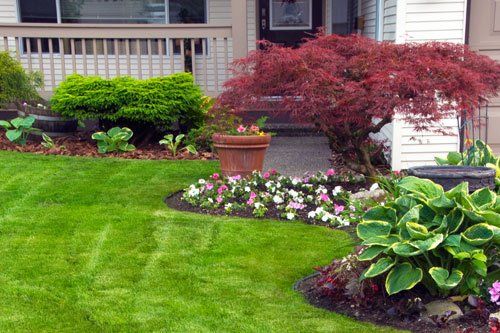By Admin
•
September 24, 2018
When many owners plan for their backyard landscape, they tend to give a lot of thought to the flowers and the trees. But even though these big, showy additions to the landscape are important, they shouldn't outweigh the decision about what shrubs to include. In fact, shrubs are a sort of unsung hero of many landscape designs. How can you make better use of shrubs in your landscape plan? Here are a few steps to success. Decide the Role of the Shrub Shrubs tend to be in the background of many landscapes, but they can serve many purposes. They can add color without a lot of work. They can quickly fill empty voids in the landscape. They can provide a complementary bridge between landscape elements. And they can serve as borders inside and around your yard. Before shopping for shrubs, consider your goals and priorities. Do you want shrubs in a particular area in order to fill in space? To create an attractive backdrop? To hide unsightly items? Are you looking for a particular feeling, such as lush color or elegance and drama? Know what you need so you can zero in on the right plants more quickly. Know the Size You Need Along with the role intended for a bush, keep in mind how you want it to look. If the space you're filling is large, you may want a big shrub - perhaps even one like the mountain laurel, which often appears more like a tree than a shrub. If the area is smaller and surrounds delicate flowers, a daintier bush (such as the black chokeberry) may be appropriate. Ask your landscape specialist about the general size ranges of each shrub as well as how quickly it grows. If you want a more formal look, you'll need to prune the bush regularly, so you should look for something that doesn't grow too fast. On the other hand, if you want to fill your landscape quickly and inexpensively, a rapidly growing bush can do the job nicely. Think About Unusual Traits Shrubs have different characteristics that can make them perfect for specific situations. If planting shrubs around a summer flower garden, for instance, you could opt for bushes with autumn color (such as bluebeard) or even winter berries to provide a bright pop in the winter doldrums. Shrubs can also provide interesting bark colors, contrasting texture in a garden, or a solid green background to highlight small flowers in beds. Like butterflies? Add a butterfly bush. Want to attract backyard bumblebees? Try rhododendron or rosemary. Prefer more birds outside your windows? Plant holly, hibiscus, or lilac bushes. On the other hand, if you want to deter nearby wildlife, you may have success bordering with shrubs like sage, rosemary, or thorny evergreens. Make Sure It's Hardy Before you purchase your new shrub and plant it, make sure that it will do well in your climate and location. Native bushes are the best for this, as they tend to naturally thrive in the local environment. If you do choose an imported plant, though, find out what type of soil, water schedule, and sunlight it prefers. Can you meet these needs in the specific location you plan for the bush? If the planting spot won't receive regular cover from an existing sprinkler system, have your landscape service install a drip irrigation system to keep the shrub (or shrubs) happy without extra maintenance. For the best results no matter how large or small your shrub needs are, work with an experienced local landscape service. At Ted's Trees, LTD. , we will help you find the best mixture of small plants, midsize shrubs, and larger trees to turn your backyard into a Texas paradise. Stop by today!
